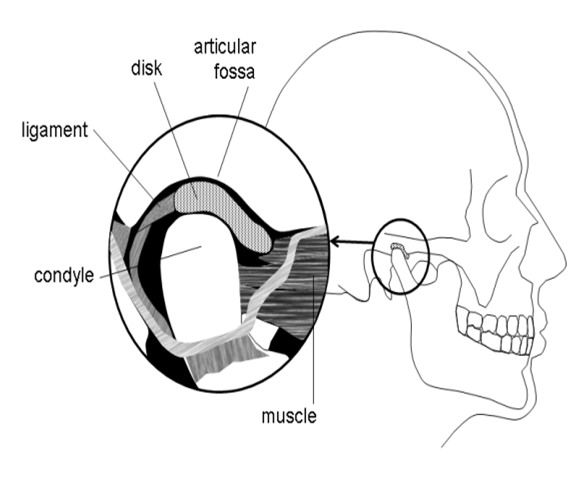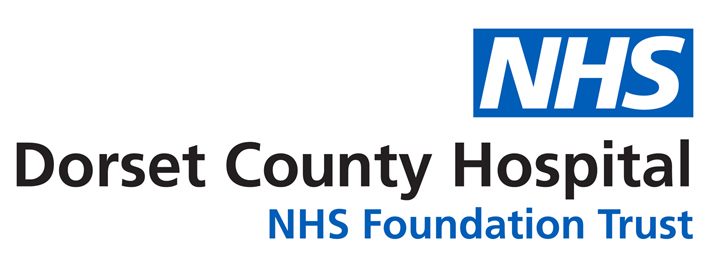Temporomandibular Joint Disorder (TMD)
What are Temporomandibular Joints?
These are small joints which are situated in front of each ear and attach the lower jaw to the skull
- The joint is made up of two bones that are separated by a disc of cartilage
- Ligaments and many muscles surround the joint
- These allow you to open and close your mouth, as well as talk, eat and swallow.

What is TMD?
TMD is persistent pain and/or clicking from the jaw joints. This may affect one or both jaw joints. Some patients experience:
- Buzzing in the ears
- Earache
- Facial pain
- Headaches.
How common is TMD?
This is a common problem and may affect up to 10% of the population. It may last a few days, or many years. It is likely that once you have this problem it may come and go.
Can TMD be cured?
We are not able to cure TMD, but we are able to provide you with simple measures to take to manage the problem if it flares up.
Pain and clicking do not mean that the jaw joints are damaged and that you will develop more severe jaw joint problems in later life.
Treatment focuses on learning how to manage the symptoms.
What causes these symptoms?
Pain may be caused by the muscles in and around the jaw tightening up (muscle spasm):
- Sometimes muscle spasms may occur while you are sleeping, so you are not aware of it happening until you awake feeling pain (may be due to you grinding your teeth in your sleep).
- The tightening of these muscles may also be the result of how you deal with stress.
Joint noise (clicking) occurs if the disc moves out of its normal position:
- Most commonly the disc slips forward, and a noise is made when it returns to its normal position .
Common causes:
- Clenching or grinding
- Habits eg biting nails, chewing gum, chewing pens and biting off Sellotape®
- Concentration, anxiety, physical and psychological stress (exam times)
- Trauma or injury to the jaw
- Facial deformities.
How do I relieve my discomfort?
Treatment aims to reduce the workload of the muscles, which will allow the joint and muscles to settle down.
Simple steps to manage your TMD
- Restrict mouth opening to no more than two finger widths
- Prevent yourself from opening your mouth wide when yawning by placing a hand under your chin to support your jaw
- Identify and stop any habits including clenching or grinding. (Remember this may be a ‘subconscious’ action and difficult to stop)
- Do not bite with your front teeth eg chewing finger nails or cutting Sellotape® with your front teeth
- Chew evenly with your back teeth, using both sides
- Avoid foods that require wide mouth opening such as crusty bread or apples
- Cut your food into small pieces for ease of chewing
- Applying heat to the area may be helpful, twice daily (morning and evening). This may be a hot water bottle wrapped in a towel, or a heat pad purchased from a chemist. Take care not to burn yourself.
- Anti-inflammatory medication such as Ibuprofen (this can be either in tablet or gel form) and pain-relieving medication such as Paracetamol may be used in the short term to ease discomfort.
- It may be useful to consider learning some relaxation techniques to control stress and tension.
What happens if these measures do not help?
In most circumstances, these simple steps are enough to relieve most symptoms (more than 90% of our patients). Where these steps do not improve your symptoms, we may wish to investigate your symptoms further. We would refer you to our Maxillofacial Department for this to be undertaken.
It is important to realise that jaw joint problems, although a nuisance, are not sinister and may return, these simple measures can be safely repeated if this is the case.
Contact numbers
We hope you have found this information useful, but if you have any questions or are worried about anything, please speak to the orthodontic team:
Orthodontic Department (Dorset County Hospital): 01305 2551747
Orthodontic Department (University Hospitals Dorset): 0300 019 4694
About this leaflet
Author: Hugh Bellis, Consultant Orthodontist
Written: March 2021
Approved: April 2021
Review Date: March 2025
Edition: v3
If you have feedback regarding the accuracy of the information contained in this leaflet, or if you would like a list of references used to develop this leaflet, please email patientinformation.leaflets@dchft.nhs.uk
Print leaflet